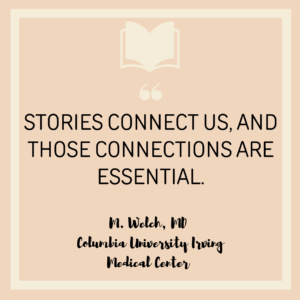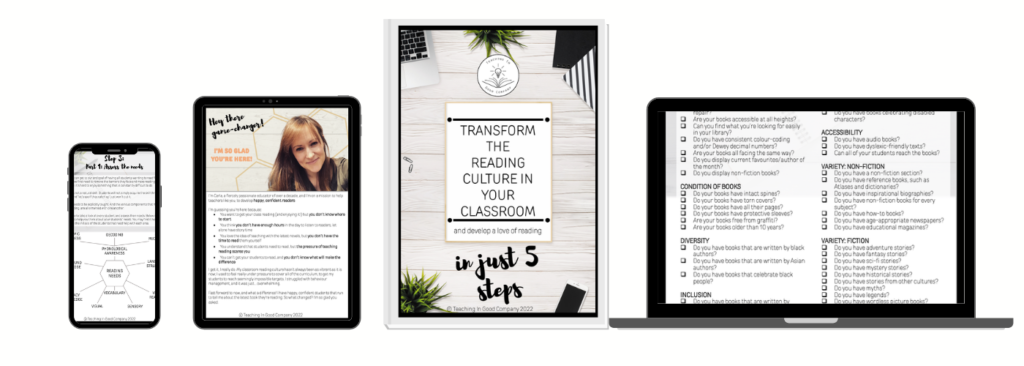Story time forges positive connections in the classroom and is a valuable tool in both managing classroom behaviour and helping students develop a love of reading.
Are you sitting comfortably? Then I’ll begin…
Before we delve into the how’s and why’s of positive connections from story time, let’s have a quick history lesson to understand why story time is such a vital experience that’s worth investing time in.
Origins
The sharing of stories has been something humans have done for millennia. It has always been a way to connect on a human level. What started out as oral retellings around a campfire as a way to explain the unknown, to provide comfort and to share identity, became translated into print as humans developed the written language. As technology advanced, those campfire gatherings largely died out and became replaced with other distractions, such as televisions and other electronic devices.
Don’t get me wrong, I have those devices too! And I don’t live somewhere where it would be practicable to have a nightly campfire. But modern life has dispensed with the act of sharing stories, until that is, we meet up with friends or family we haven’t seen in ages and we regale tales of the past.
So why is the sharing of stories so important and what role does it have in the classroom?
Well, put simply, when a group of people share an experience, such as listening to or talking about a story, a positive emotional connection is formed. A connection, so strong in fact, that researchers have found that the effect of listening to a story causes heart rates between individuals to synchronize (Perez et al, 2021, Cell Reports). Martha Welch, Colombia University, goes further to state that, “If we shift our attention to connecting by reading with each other, we can open ourselves to the monumental impacts that autonomic emotional connection has on our social, emotional, behavioral, and cognitive development.” Welch continues, “This rewarding mutual interaction can touch—and heal—your hearts.”
Emotional Connections
Think back to the last time you were reminiscing with a friend you hadn’t seen for a while. How did it feel? I’m going to hazard a guess that the nostalgic trip down memory lane wasn’t a stressful experience, but a positive, enjoyable one, that no doubt you’re hoping to repeat again soon. How many times do we say, “We should do this more often!” after seeing dear friends and family that we’ve been disconnected from for a while? What prompts us to think this? Could it be the positive emotional connections we form from our shared experiences?
Classroom Community vs Compliance
Story time is a powerful tool in a teacher’s toolbox for creating a community. By taking the time every day to come together around the campfire so-to-speak, to share an experience, is single-handedly one of the most effective ways to build positive connections in the classroom. The very act of pursuing building positive connections with your students is the foundation for a secure classroom community, because rather than seeking to control, as is often the goal of traditional behaviour management, the aim is to seek understanding.
Where to start
So, if you want to transform the culture in your classroom, and help students develop a love of books along the way, start incorporating story time into your daily schedule. Don’t know where to start? Sign up below to receive your FREE guide to Transform The Reading Culture In Your Class And Develop A Love of Reading In Just 5 Steps.
You’ve got this, game-changer!
Carla








One thought on “How story time forges positive connections in the classroom”